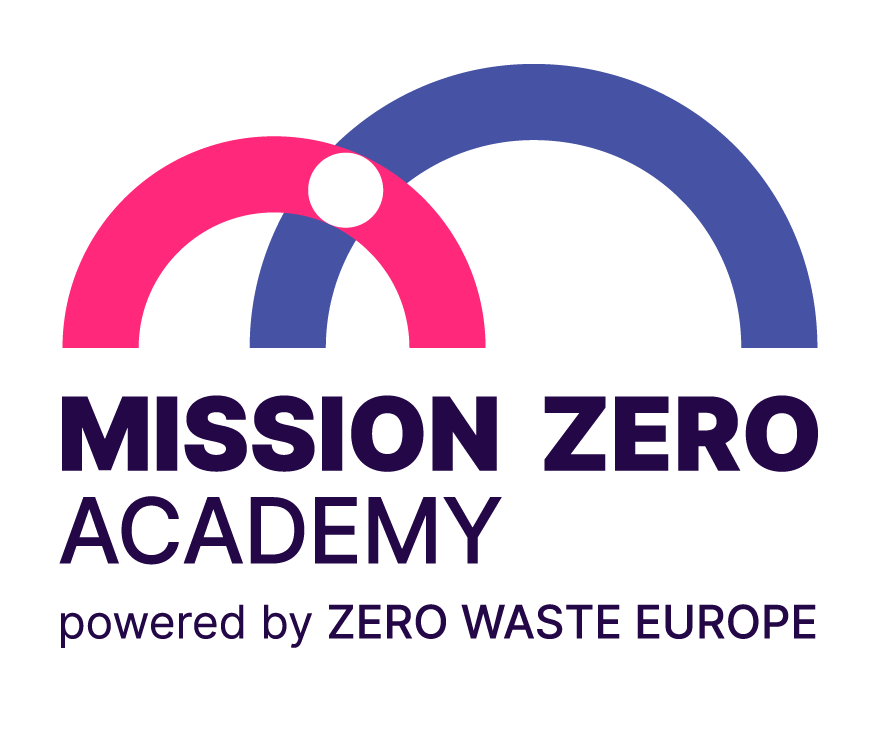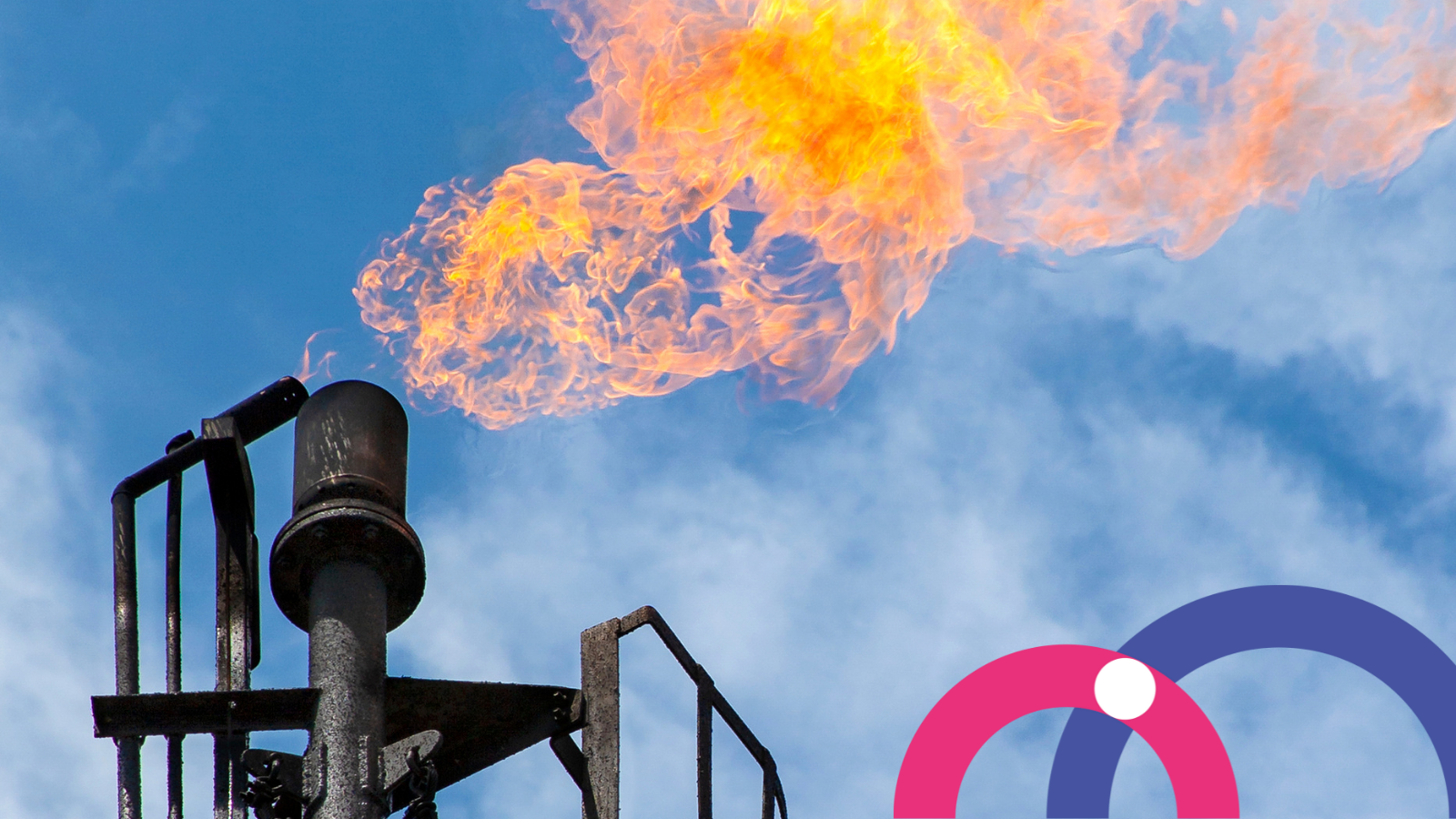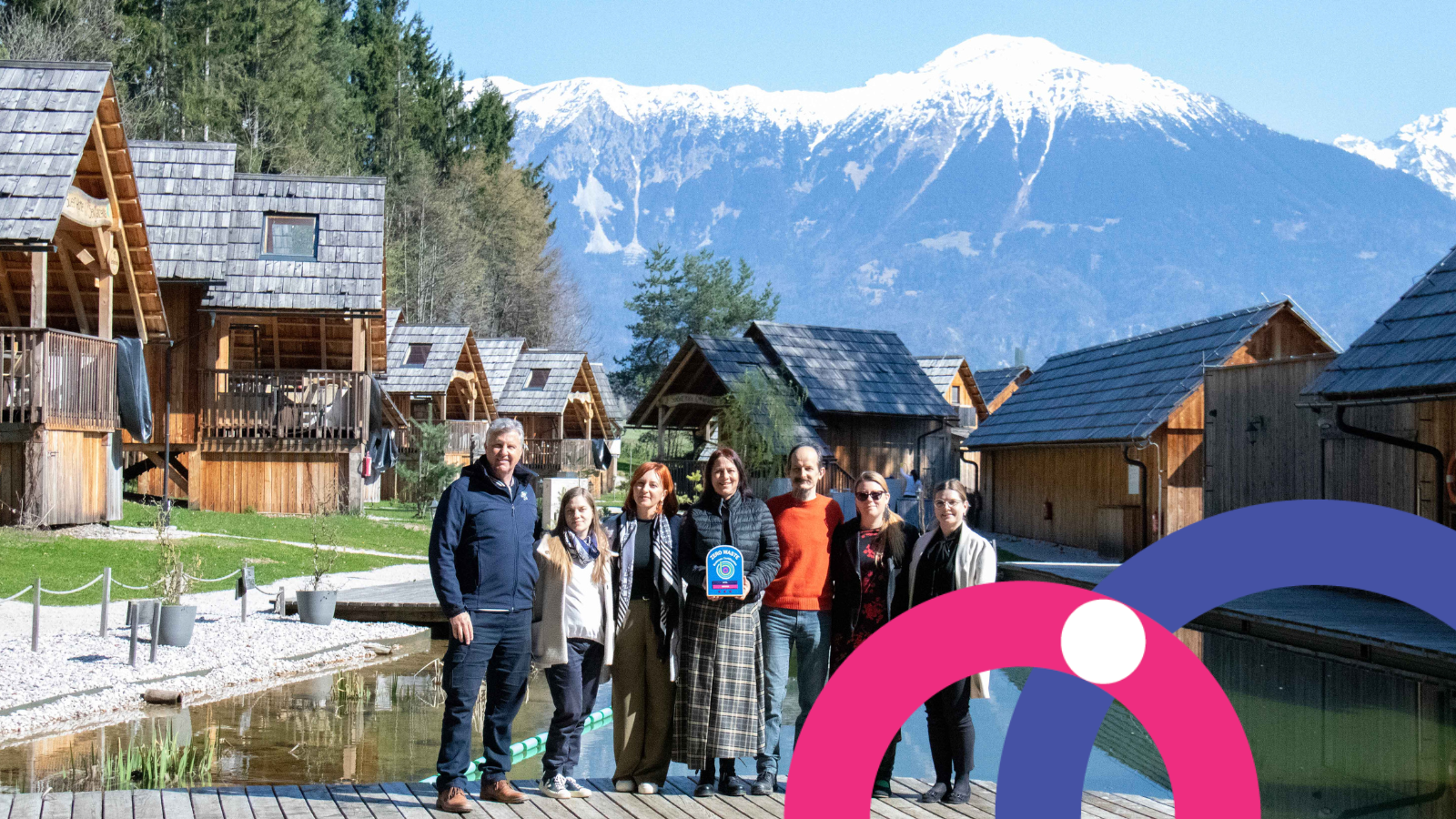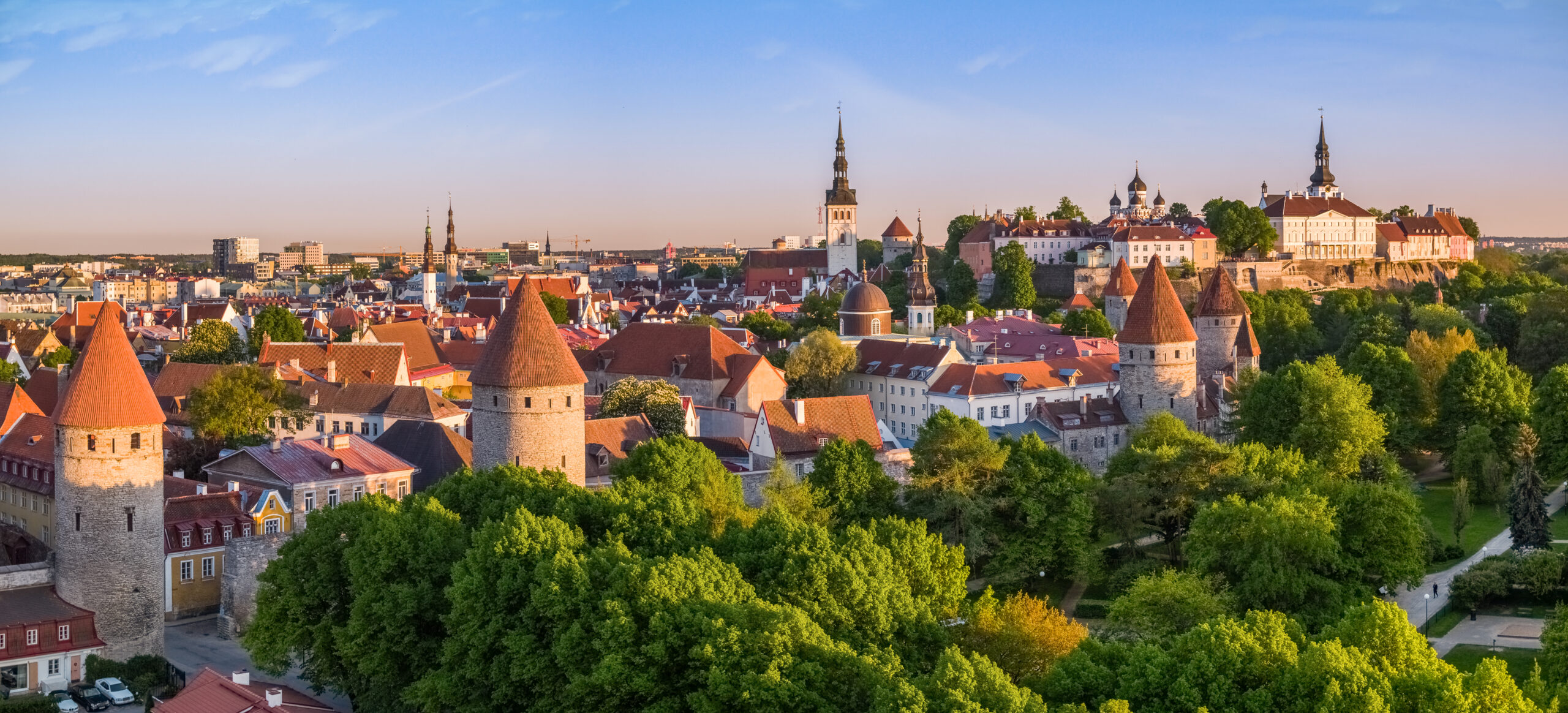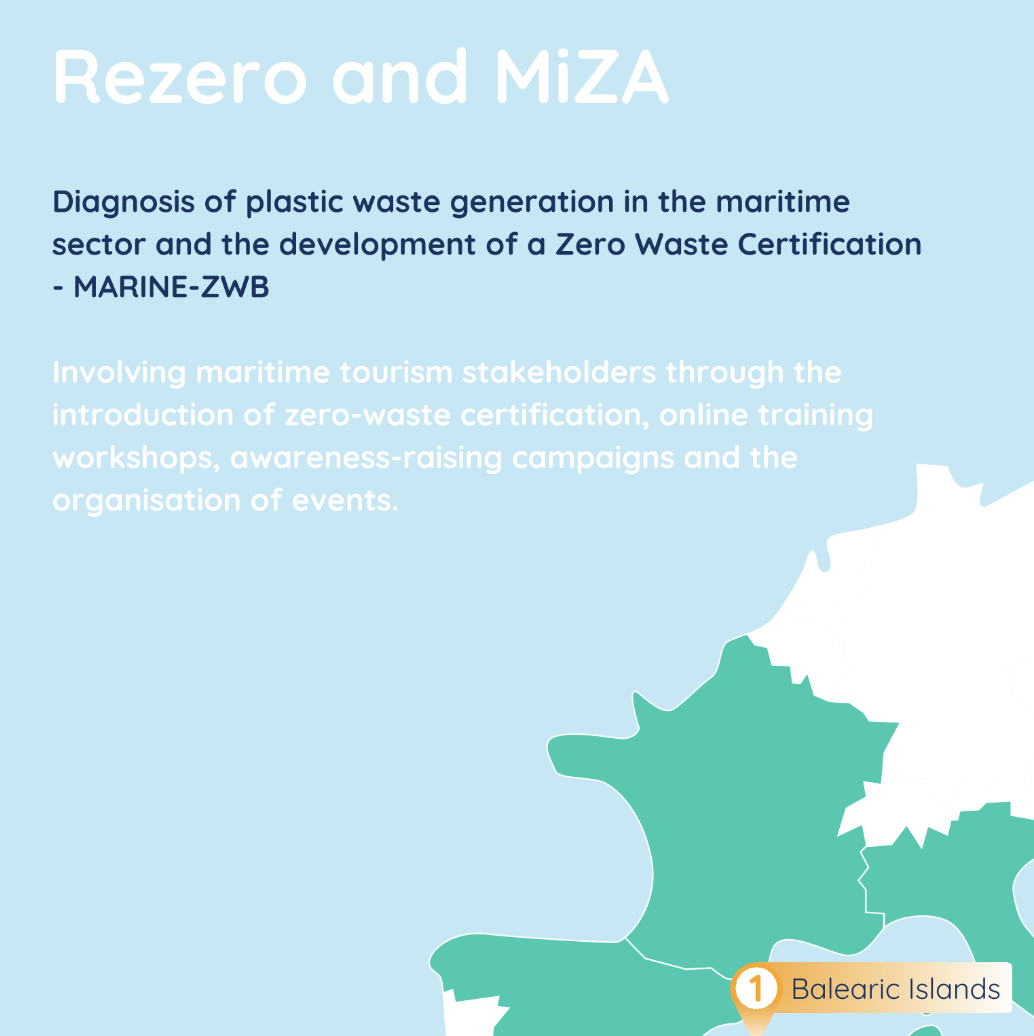At least 30% of today’s global warming is driven by methane emissions from human actions. According to the Intergovernmental Panel on Climate Change (IPCC), human-induced climate change has already caused major damage to nature and people all over the world, disproportionately affecting the most vulnerable populations. Fortunately, there are some key opportunities already available to rapidly reduce emissions across three major sources: agriculture, energy, and waste management.
Reducing methane could almost immediately curb climate change, because it stays in the atmosphere for a short time, unlike carbon dioxide, which could linger for centuries. How we handle global warming during this “decade of action” will determine the severity of its impacts on our society and planet in the future.
What is methane, and how does it impact our planet?
Methane is a potent greenhouse gas, with over 80 times the warming power of carbon dioxide over a 20-year period. Since the gas is extremely effective at trapping heat, just a little more of it in the atmosphere has a huge impact on how fast and how much the planet warms. Though methane occurs naturally, the majority today is generated by human activities, such as agriculture, energy production, and waste management.
Besides helping to solve the climate emergency, reducing methane emissions has other benefits, too. Methane contributes to ozone, a local air pollutant that causes health problems as well as issues with crop losses globally, impacting our wellbeing and food supply.
The need to reduce methane emissions is obvious. However, with existing (lack of) policies, we’ll see an increase of at least 8% in 2030 compared to 2020. In this crucial period of needed climate action, methane emissions should be reduced by at least 45% in the next eight years, according to the UN Environment Programme’s Global Methane Assessment (GMA). Therefore, countries must work together in order to stay below 1.5 °C warming, the target world leaders agreed to strive for in the Paris Agreement.
Opportunities for swift methane reductions
But there is relatively good news too. Fortunately, methane stays in the atmosphere for a short time – only about 12 years – in contrast to carbon dioxide. This gives us a critical opportunity to slow down global warming rapidly by reducing methane emissions in the next few years.
Agriculture is the largest source of methane emissions caused by humans. To keep our climate stable, we need to change the way we produce and consume food. While there are technical measures that can be implemented, such as improving the way we produce food, it is also crucial that governments actively promote healthier diets with less and better meat and dairy, for example.
Likewise, the energy sector presents opportunities for significant methane mitigation at very low cost with existing technologies and best practices. This includes setting standards, caps, and bans on certain practices, but also a swift, managed phase-out of fossil fuels.
Both the agriculture and the oil and gas industry have received considerable attention in recent years, and for good reason. Yet, in 2020, the waste sector was the third-largest source of global methane emissions, accounting for almost 20% of all human-related emissions. To achieve the scale of methane cuts needed, reductions made in the waste sector can contribute a significant push.
The role of biowaste in methane emissions
Simply put, when organic waste, such as food and garden waste, is disposed of in landfills, it decomposes and methane and carbon dioxide is released as a result. Organic waste prevention is one of the most powerful tools for reducing methane emissions, including preventing upstream emissions involved in its production, management, and transport.
There are multiple ways to significantly reduce emissions in the waste sector. One major opportunity is reducing food loss and waste, which alone can reduce methane emissions by 15% by 2030. Additionally, as much as 60% of available measures to reduce emissions in the waste sector are either negative cost or low cost. The targeted measures include waste prevention, composting, better solid waste management strategies like separate collection of waste, and recycling.
Helping municipalities reduce methane emissions through waste management
Municipalities and governments are at the forefront of the shift to better waste management and cutting methane emissions in the waste sector. Not only will their policymaking help limit global warming to 1.5 °C, it will simultaneously create jobs and other economic opportunities.
The world’s first Zero Waste Cities (ZWC) Certification is the perfect way for European municipalities to certify their zero waste journey and comply with the EU deadline to make biowaste collection mandatory for all member states by the end of 2023. It helps municipalities to set more ambitious circular goals, implement greener and more sustainable policies and solutions in organic waste reduction and management and promote circular economy practices at the local level.
Find out more about how to become a certified Zero Waste City here.
This article is based on the report ‘Methane matters: A comprehensive approach to methane mitigation’ by the Changing Markets Foundation, the Environmental Investigation Agency and the Global Alliance for Incinerator Alternatives.

